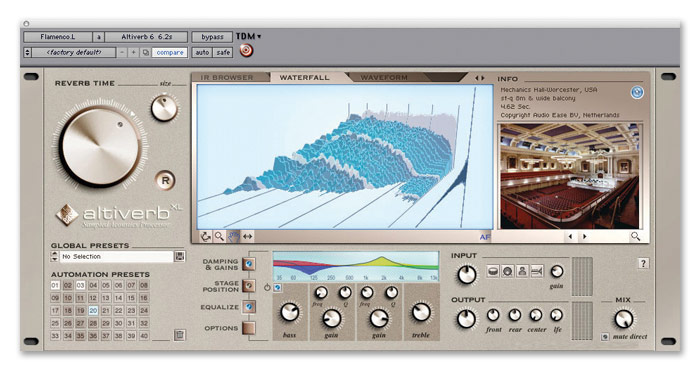I have dialogue that was recorded dry, that I want to add some filter and reverb too. The dialogue does not clip and does not reach higher than -6 db. But after I add some filter and reverb to it, it clips, even though the waves picture, clearly shows that it is not clipping and has not been recorded that way. How can I modify the track, without causing it clip from the effects added?
I tried turning down the amplification, and even though the picture does not show any clipping, it still sure as hell sounds like it's clipping.
I tried turning down the amplification, and even though the picture does not show any clipping, it still sure as hell sounds like it's clipping.
Last edited:





 Nomenclature aside, anytime you alter a signal, it has the chance of changing (Mathematically speaking that rhetorical method would be represented as A = A). Any change can have unexpected results if you haven't played with the Processor (filter) enough. Keep an eye on the meters, waveforms and the spectrographs after you apply each filter (sorry: processor -- which I guarantee is the correct term). Since you have limited experience with audio post, the meters and tools will guide you as you learn to visualize what they say in your mind's eye.
Nomenclature aside, anytime you alter a signal, it has the chance of changing (Mathematically speaking that rhetorical method would be represented as A = A). Any change can have unexpected results if you haven't played with the Processor (filter) enough. Keep an eye on the meters, waveforms and the spectrographs after you apply each filter (sorry: processor -- which I guarantee is the correct term). Since you have limited experience with audio post, the meters and tools will guide you as you learn to visualize what they say in your mind's eye.
